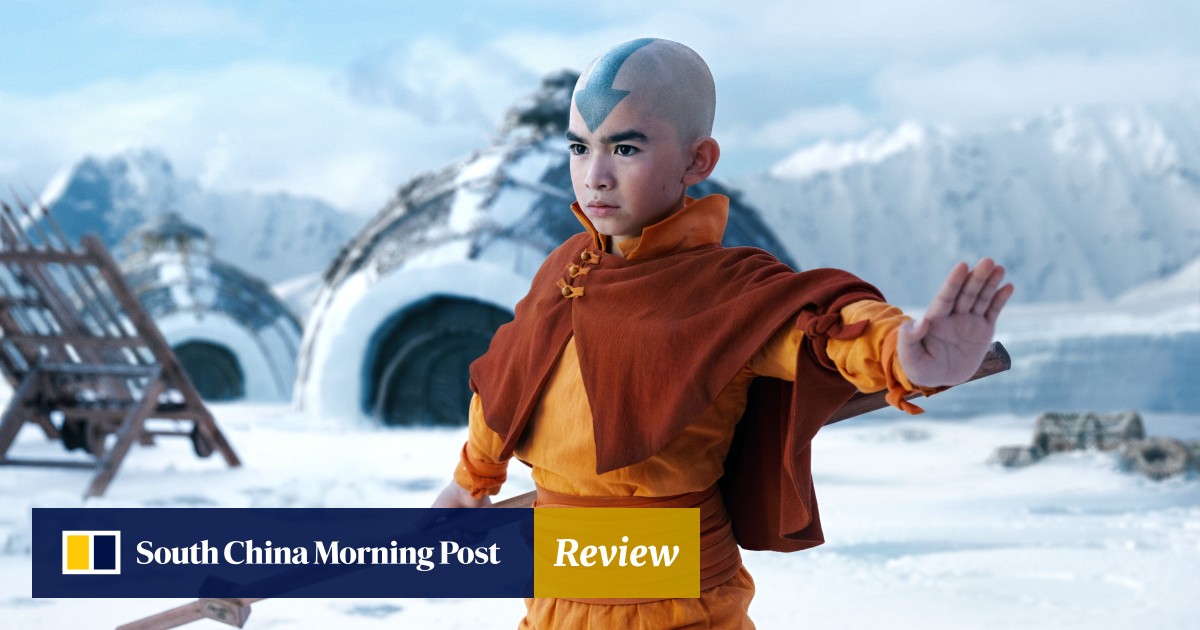4/5 stars
Fans of Avatar: the Last Airbender can do a little airbending of their own and breathe a huge collective sigh of relief, as Netflix’s live-action adaptation of the beloved animated series is a rollicking fantastical ride that deftly reimagines what made the original show so special.
The success of the visually ravishing eight-episode saga is in large part thanks to 14-year-old Gordon Cormier, whose wonderfully charismatic performance as Aang, the legendary Avatar of the title, is a wonder in its own right.
Channelling the grief, resilience, determination and poise that the youthful protagonist masters over the course of his quest, the casting of Aang was always going to make or break this new adaptation, yet it is a challenge Cormier appears to conquer far more easily than the pursuing hordes of firebenders on his tail.
Set in a mystical realm where powerful tribes have learned to master the elemental forces of fire, air, earth and water, Avatar: The Last Airbender unfolds as the power-hungry Fire Nation looks to exert its might over the rest of the realm and unite them by force under its own banner.
The story begins as Katara (Kiawentiio) and Sokka (Ian Ousley), siblings from the Southern Water Tribe, discover a bizarre bald-headed boy (Cormier) buried deep in the ice. Once resuscitated, he is revealed to be Aang, the last of the Air Nomads.
Let’s Talk About Chu: Taiwan sex comedy on Netflix is well worth a hookup
Let’s Talk About Chu: Taiwan sex comedy on Netflix is well worth a hookup
Despite his youthful appearance, Aang is not only a powerful airbender, but also the Avatar, a legendary once-in-a-generation being with the ability to master all four elemental forces and serve as protector to the entire world.
Aang learns that his entire tribe was wiped out by the Fire Nation almost a century earlier, and Fire Lord Ozai (Daniel Dae Kim) is tearing the world apart searching for him.
Aang had only just begun his training when he was entombed in ice, and so resolves to journey to the other tribes and master their arts to challenge Ozai.
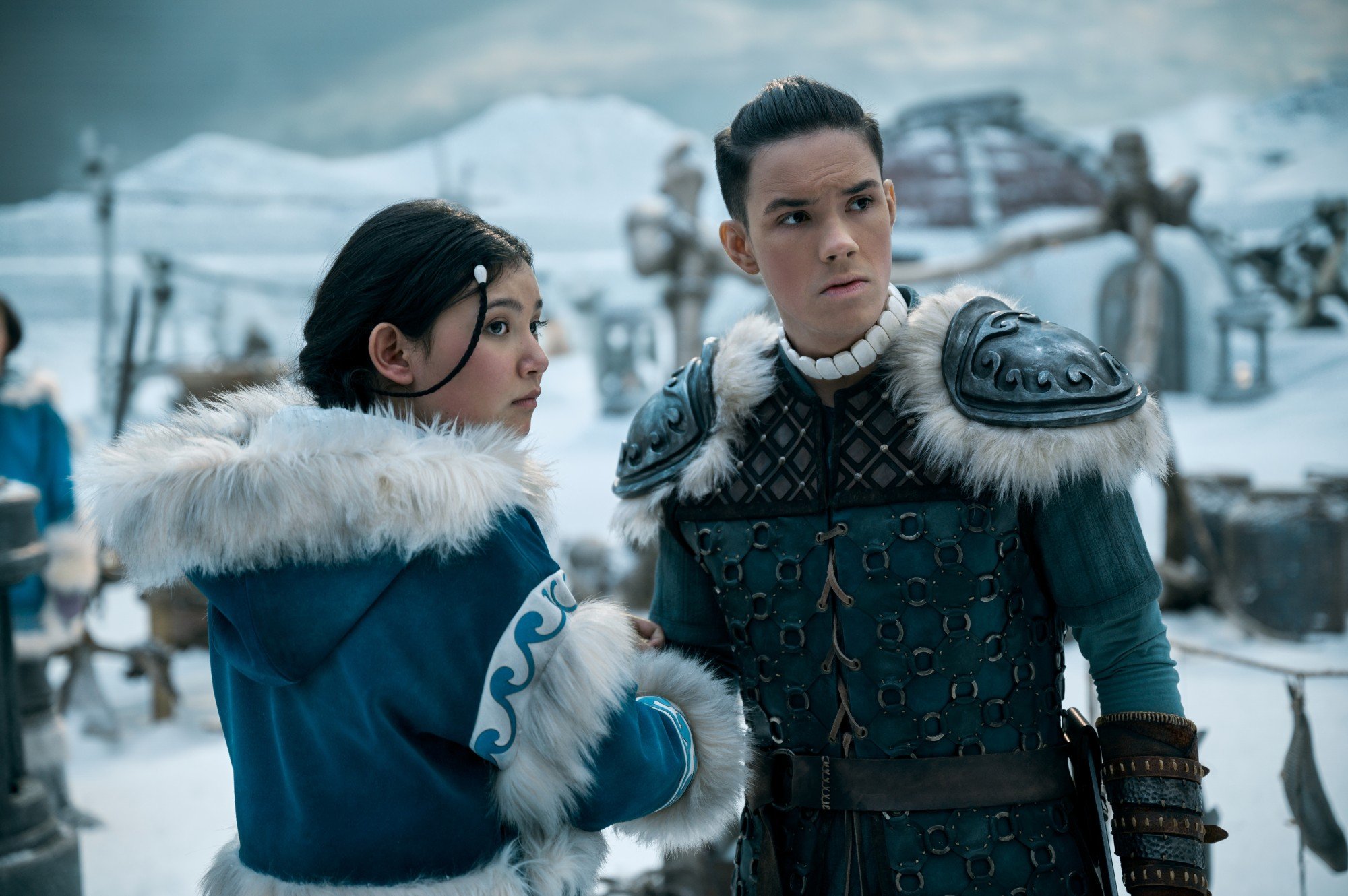
Katara, a novice waterbender, vows to accompany Aang on his mission. Her elder brother Sokka reluctantly agrees to join, and the series follows this trio of young heroes on their adventure, riding upon Aang’s giant flying air bison, Appa.
In pursuit, the scheming Commander Zhao (Ken Leung) leads the Fire Nation’s vast and mighty navy, while simultaneously Ozai’s exiled son, Prince Zuko (Dallas Liu), embarks on his own quest to capture Aang, in the hope of regaining his father’s respect.
Brought to fruition by showrunner Albert Kim, whose previous work includes the Fox series Sleepy Hollow, this first season adheres fairly faithfully to the initial 20-episode run of Nikelodeon’s 2005 animated series.
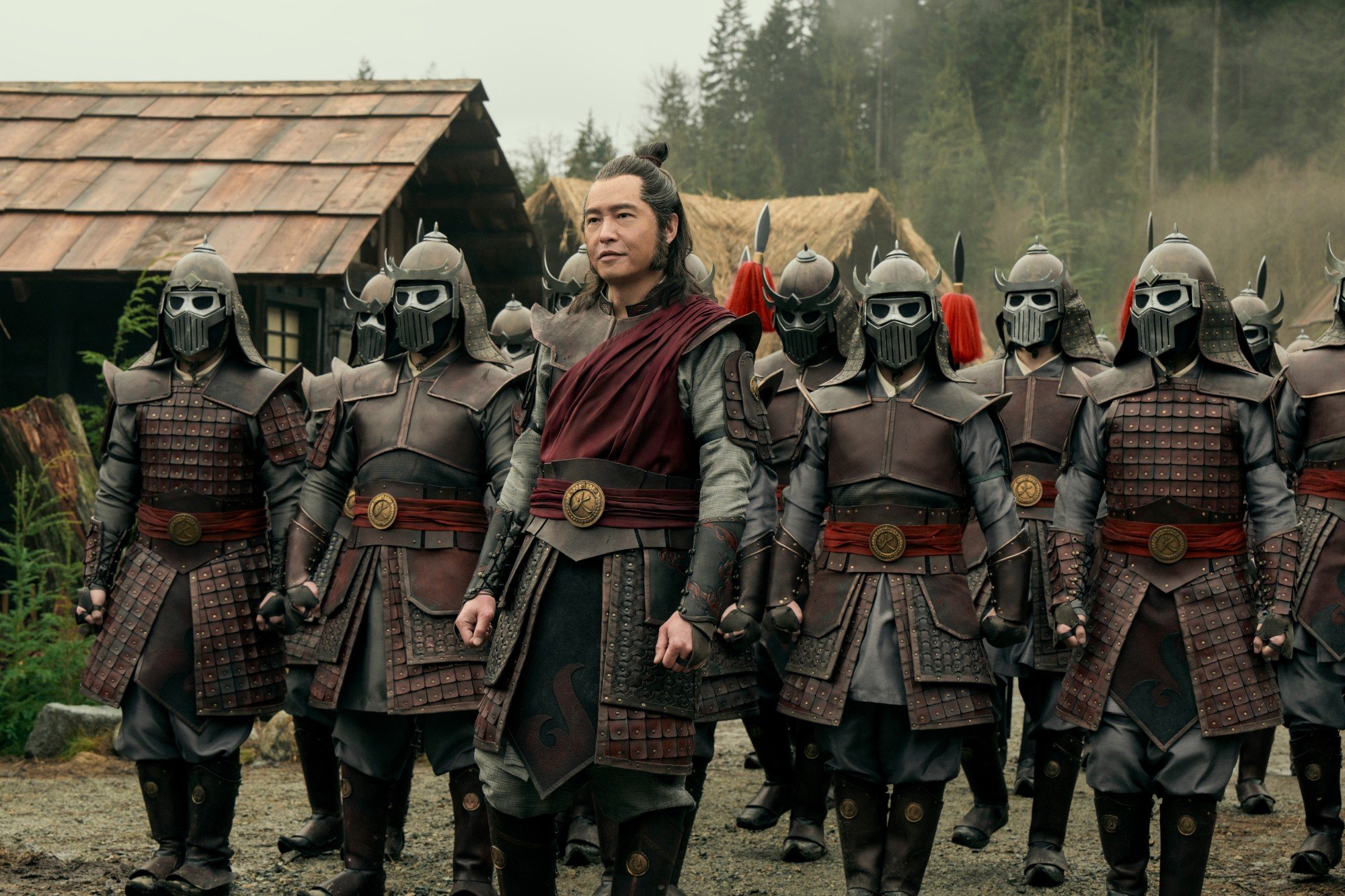
That show, which ran for three seasons and a total of 61 episodes, has developed an extraordinary following in the years since and fans had every right to be wary of what Netflix had planned for the property.
Lest we forget, the adventures of Aang had previously been given the live-action treatment in 2010, in the unsightly form of M. Night Shyamalan’s notoriously terrible adaptation, which was labelled simply The Last Airbender due to the proximity of its release to James Cameron’s unrelated but similarly titled box office behemoth.
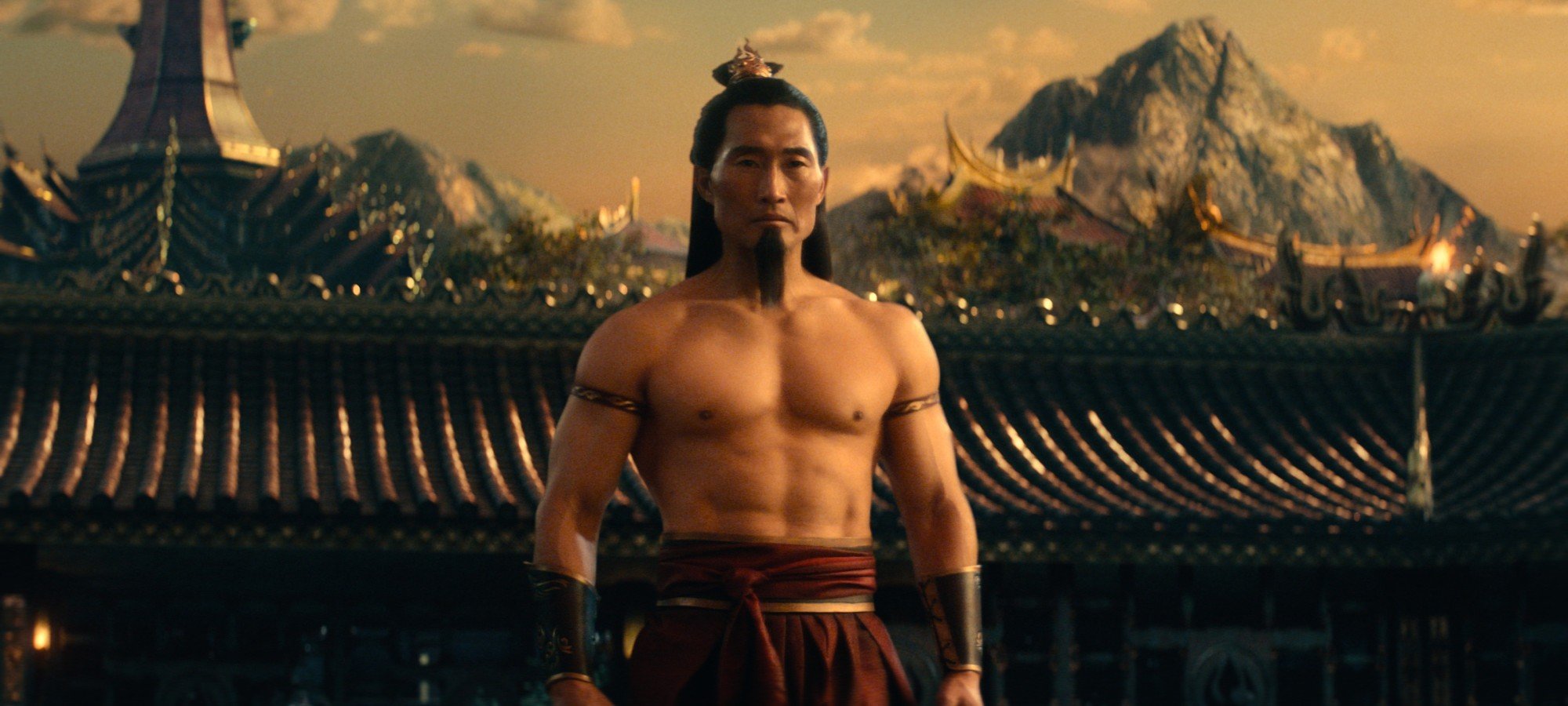
This big-screen abomination not only attempted to condense the entirety of the first season’s plot into just 103 minutes, but disgracefully whitewashed most of the characters, stripping out one of the show’s most celebrated defining characteristics, and replacing a diverse assembly of ethnicities and identities with a dreary line-up of bland white kids.
Thankfully, Kim’s reimagining of the show restores this resplendent display of diversity to its former glory, as each community on screen proudly celebrates a rich cultural tradition wielding their own specific martial arts-inspired bending.
This ranges from the Shaolin monk-inspired Air Nomads and Inuit indigenous peoples represented by the Water Tribes, to the Ming dynasty influences in the Earth Kingdom, and flourishes of both Chinese Tang dynasty styles and Japanese samurai traditions in the militaristic arsenal of the Fire Nation.
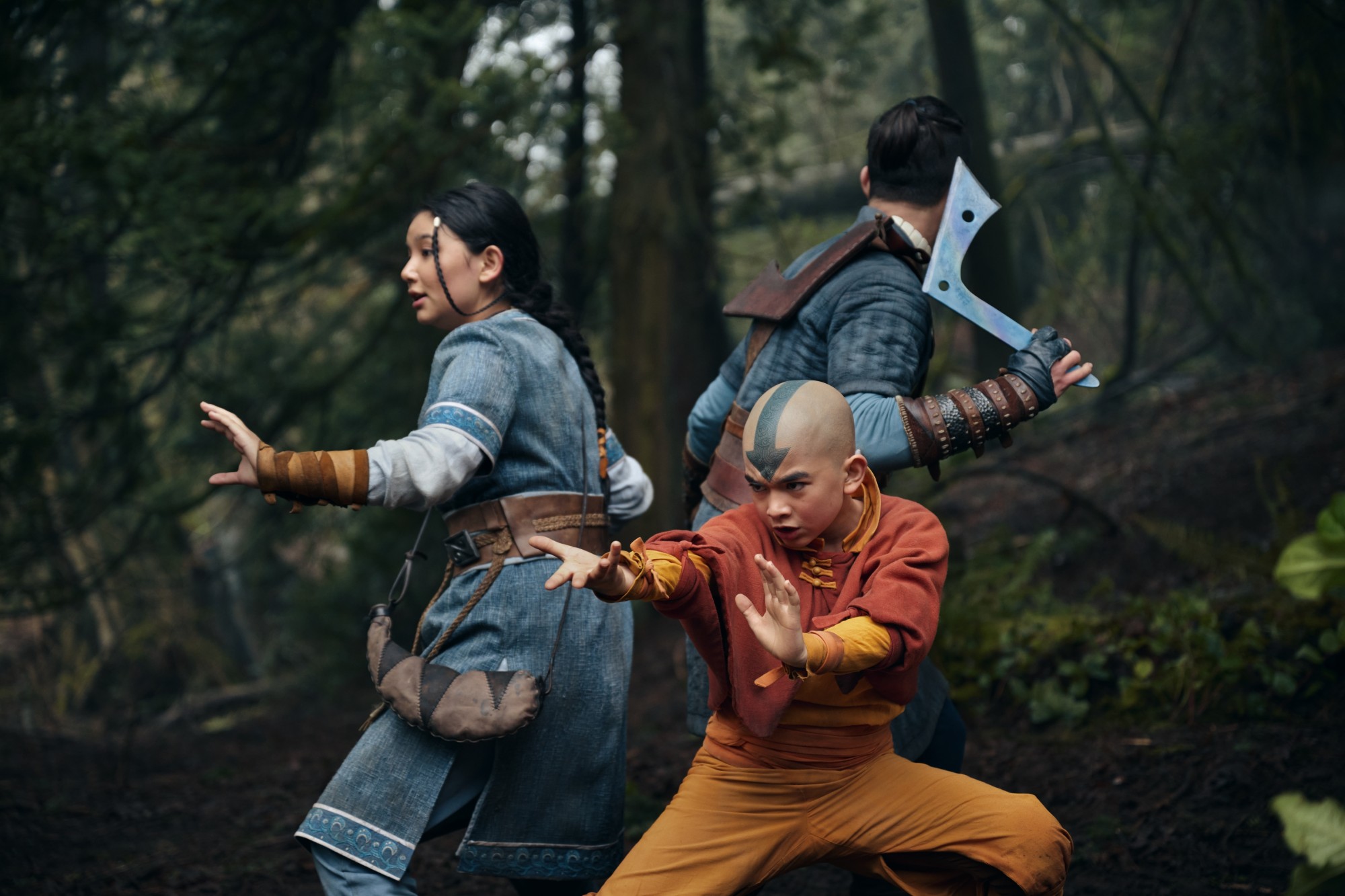
In stark contrast to Shyamalan’s disgraceful offering, here there is barely a Caucasian face to be seen.
Hardened devotees of the source material will inevitably find minor cosmetic and composite changes to quibble about, but critics will be hard-pressed to argue against Kim and his crew’s heart being in the right place.
Newcomers will likely be swept away by the show’s intricate, immersive world-building and propulsive narrative, embodied by an almost flawless ensemble of engaging young performers. Those in the know, meanwhile, will hopefully have little more to cry about than “My cabbages!”.
Avatar: the Last Airbender is streaming on Netflix.

